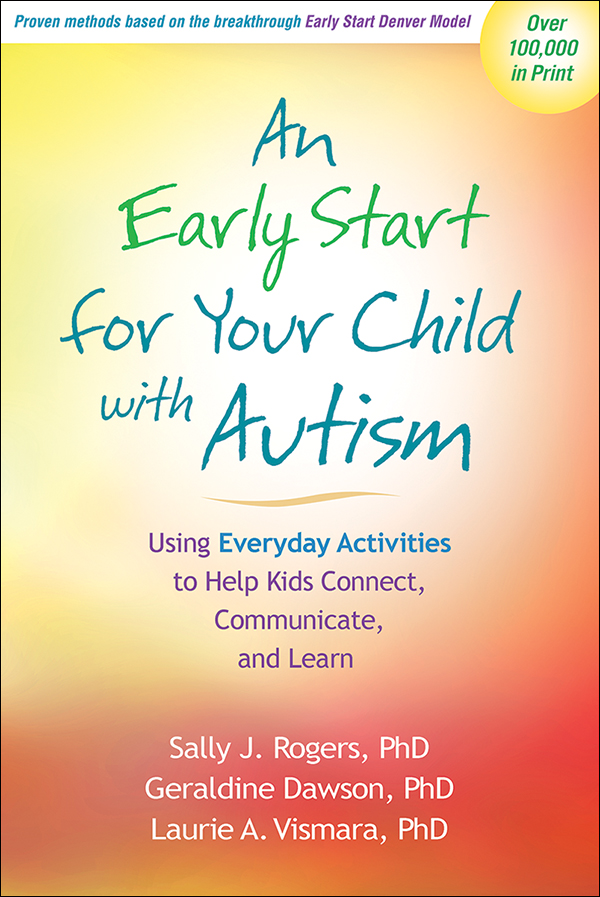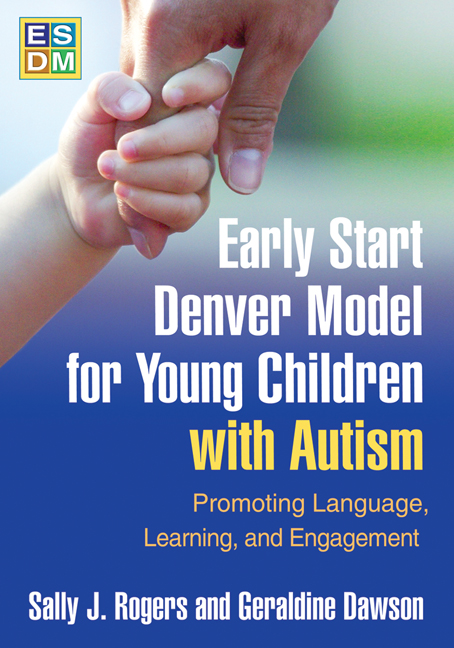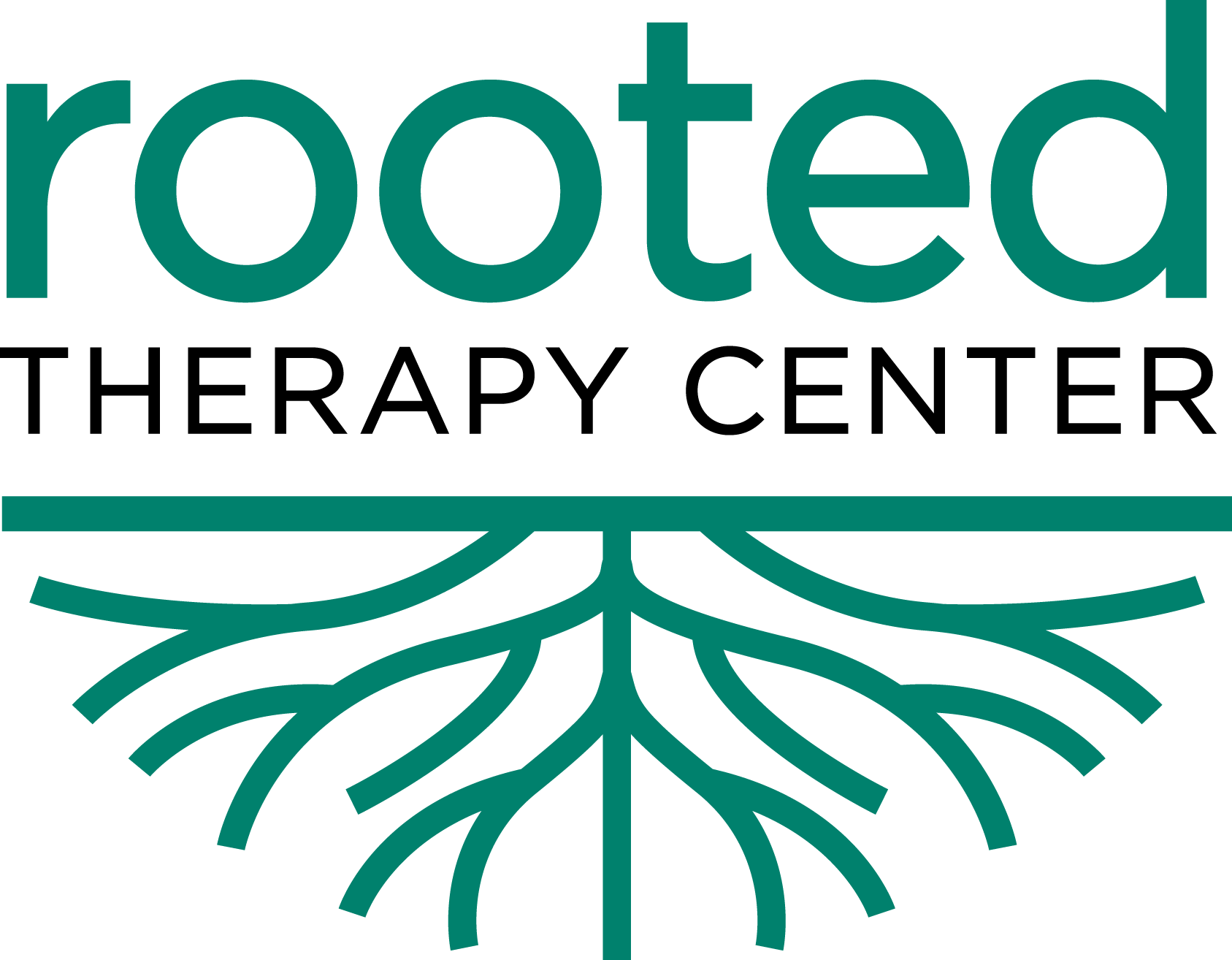What Is the ESDM?
The Early Start Denver Model (ESDM), is a comprehensive, evidence-based intervention approach for young children with Autism Spectrum Disorder (ASD). This model combines elements of Applied Behavior Analysis (ABA) with developmental and relationship-based approaches to promote social, cognitive, and communication skills. The ESDM is designed for children with ASD ranging from the age of 18 months to 48 months and focuses on play-based, naturalistic teaching strategies that incorporate learning into everyday activities and interactions.

A Developmental, Behavioral Approach
At the heart of ESDM lies a deep understanding of typical child development, which guides the selection of developmentally appropriate goals and intervention strategies. By focusing on the whole child and their unique developmental trajectory, the ESDM addresses not only core ASD symptoms but also promotes overall development, helping children achieve meaningful progress in all areas of their lives.
Click here to watch a short video of ESDM in Action
Pillars of the
ESDM Approach
Child Engagement
The focus is on engaging the child in positive emotional experiences with another person (i.e. the therapist) to increase the value of social interactions and the child’s desire to engage in them.
Learning Through Play
Developmental skills are taught through play. We use joint activity routines (JARS) as the basis for learning. These routines involve objects and activities found in the child’s natural environment and are chosen by the child. Both the adult and child participate in the routine and build upon each other’s contributions.
Intensive Teaching
We believe that learning can be enhanced when it occurs in natural, everyday situations. By weaving teaching into these situations and social interactions, we create a rich and dynamic learning environment. This allows for optimal learning opportunities to arise, providing a more meaningful and engaging experience for the learner. Through our approach, we aim to make learning a natural and enjoyable part of life.
Positive Behavior Approach
Our focus is to replace unwanted behaviors with behaviors that are more functional, conventional, and socially appropriate. We believe that by identifying the underlying causes of unwanted behaviors, we can develop strategies that promote positive behaviors. This involves teaching alternative behaviors that are more effective and beneficial for the individual, while also addressing any underlying issues that may be contributing to the unwanted behaviors.
Family Involvement and Support
Parents will help formulate priorities for intervention as well as implement the teaching plan themselves throughout natural daily activities (mealtime, bathing, bedtime etc.). This creates more opportunities for learning for the child and consistent treatment.
ESDM’s Proven Success
Significant improvements in IQ, adaptive behavior, and autism diagnosis
- “Randomized controlled trial of an intervention for toddlers with autism: the Early Start Denver Model”
- Authors: Geraldine Dawson, Sally Rogers, Jeffrey Munson, Milani Smith, Jamie Winter, Jessica Greenson, Amy Donaldson, Jennifer Varley
- Published: 2010
Read it Here: https://pubmed.ncbi.nlm.nih.gov/19948568/
Demonstrated normalized patterns of brain activity
“Early behavioral intervention is associated with normalized brain activity in young children with autism”
- Authors: Geraldine Dawson, Emily J H Jones, Kristen Merkle, Kaitlin Venema, Rachel Lowy, Susan Faja, Dana Kamara, Michael Murias, Jessica Greenson, Jamie Winter, Milani Smith, Sally J Rogers, Sara J Webb
- Published: 2012
Read It Here: https://pubmed.ncbi.nlm.nih.gov/23101741/
Specialized Training
All ESDM Certified Therapists must have rigorous and specialized training in the ESDM. Therapists learn how to…
- Assess a child using the ESDM Curriculum Checklist
- Write developmentally appropriate goals
- Plan and implement a joint activity routine (JAR): when the child and the adult are both equally engaged in an activity or toy while learning new skills and practicing old ones
- Reflect on child progress and make adjustments as needed
Therapists are required to…
- Submit videos of themselves using JARS with various children
- Demonstrate they can use the techniques correctly and reliably with several different children
To learn more about the ESDM Certification process, visit the website:
Resources


Early Start Denver Model for Young Children with Autism: Promoting Language, Learning, and Engagement

